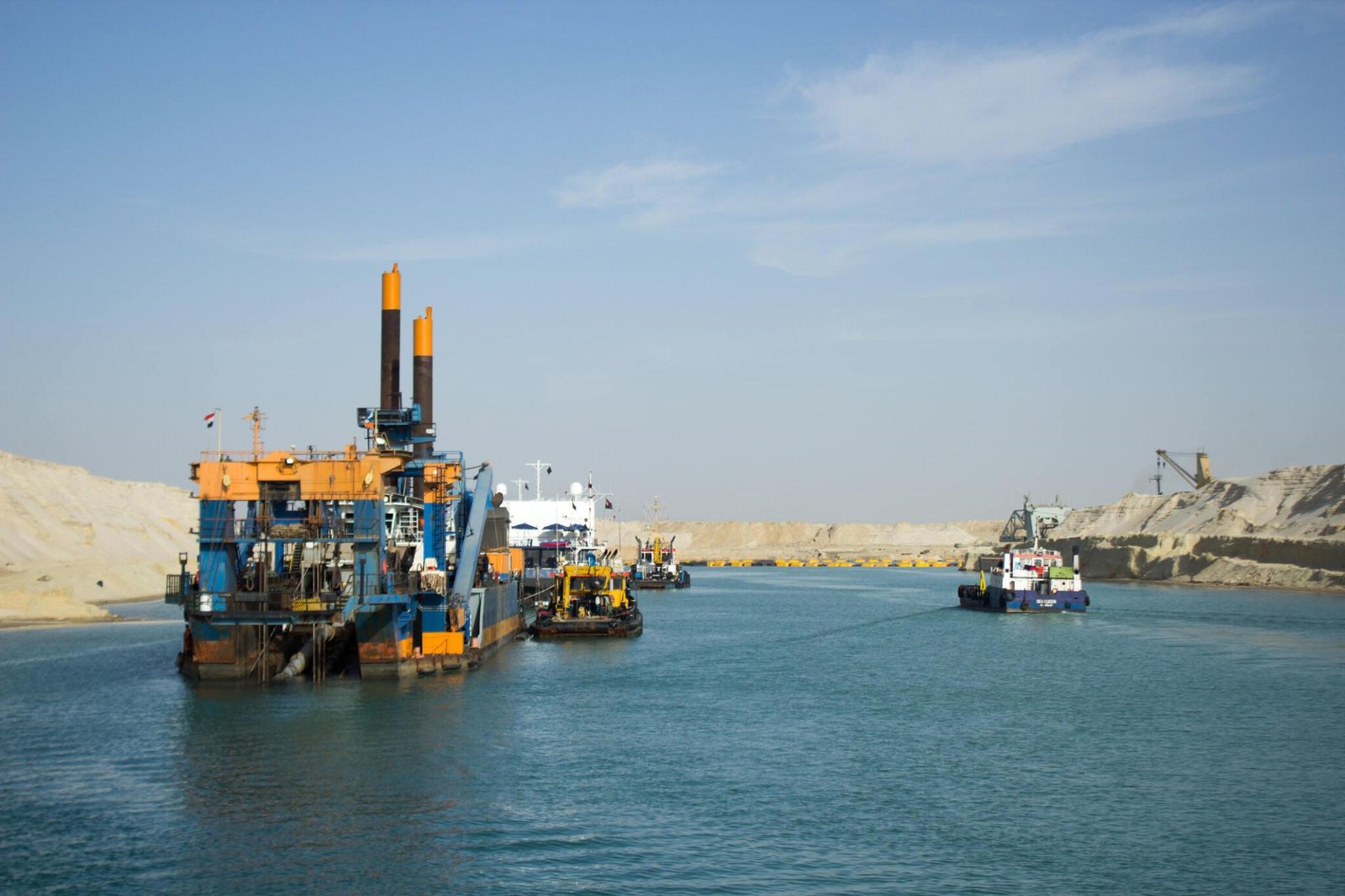The Suez Canal Economic Zone (SCZone) signed a Memorandum of Understanding (MoU) in April 2024 with the Dutch Port of Rotterdam, outlining plans to establish a route for transporting green fuel produced in the zone to European markets. The MoU entails collaboration on the creation of a green bunkering corridor, connecting Singapore to Rotterdam via the Suez Canal. This initiative marks the first-ever corridor for green bunkering spanning across Asia, Africa, and Europe, highlighting a significant step towards sustainable energy transport solutions. In September 2023, the Suez Canal Economic Zone (SCZONE) forged a cooperation protocol with a Dutch consortium and Rotterdam city. The aim is to attract investments for the establishment of green hydrogen production plants and facilities. The green fuel produced will serve as a supply source for various types of vehicles. In addition, dedicated pipelines will facilitate the transportation and exportation of green fuels to European markets, aligning with Egypt’s goal of reducing carbon emissions and fostering the development of the green fuel derivatives sector. As part of the protocol, the Dutch government will extend technical support for studies related to these projects. The announcement of the…
SCZone to Establish Green Fuel Route to Europe, Bolstering Renewable Energy Sector
April 7, 2024



